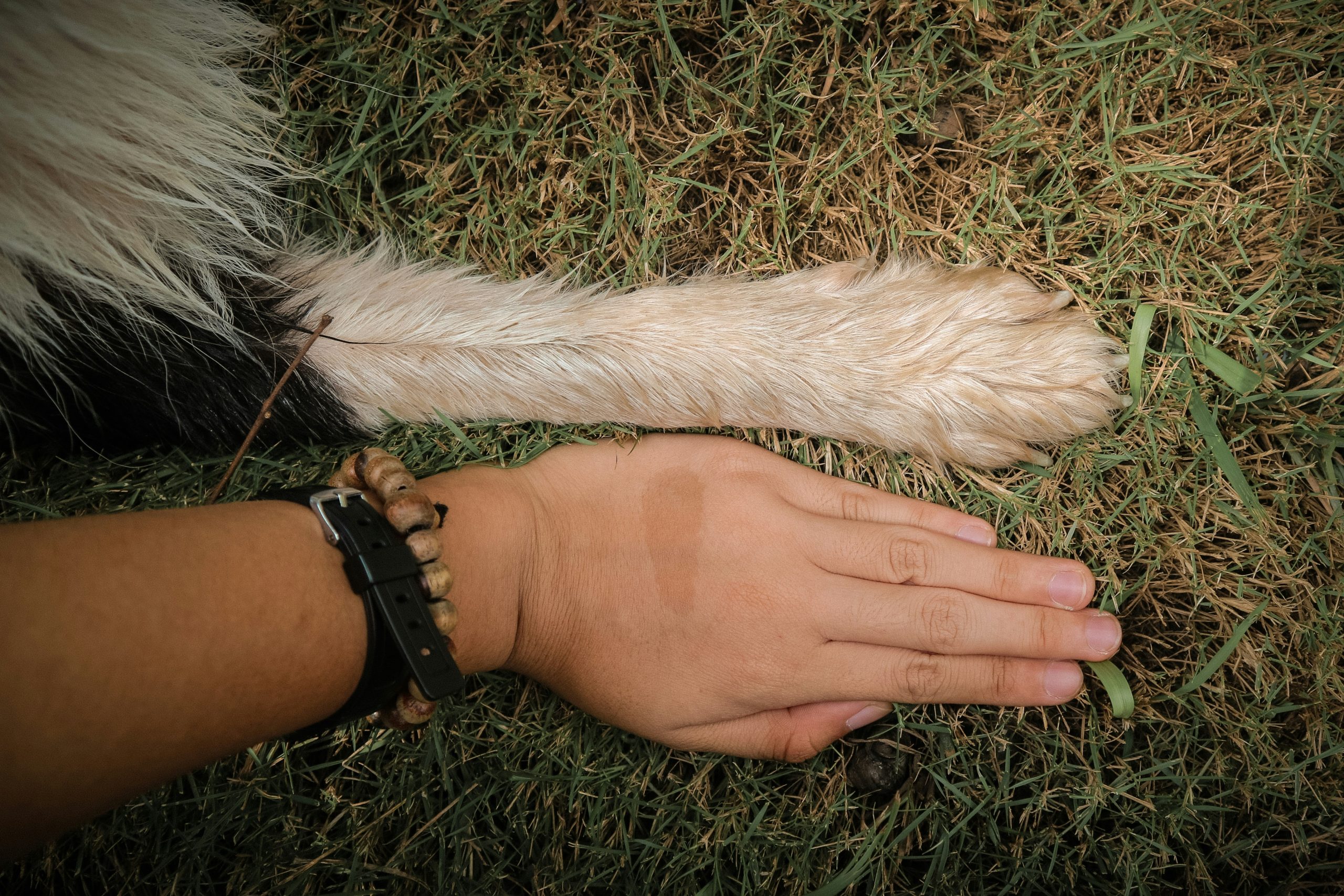Ever tried coaxing a shy pet out of their hiding spot only to be met with a blank stare and zero movement? You’re not alone. Many pet owners struggle with connecting with timid animals, whether it’s their first day home or after months of trying. What if I told you there’s a method so simple yet effective that even your cat might stop ignoring you? Enter the “Hand Target” technique—a secret weapon for building trust and strengthening bonds with shy pets.
In this article, you’ll learn how to master the Hand Target for Shy Pets step-by-step. We’ll cover why it works, how to implement it, and bonus tips to troubleshoot common issues along the way—all while keeping things engaging because, let’s face it, training takes patience, but learning shouldn’t feel like pulling teeth.
Table of Contents
- Why the Hand Target Works Wonders
- Step-by-Step Guide to Teaching Hand Targets
- Top Tips for Success
- Real-Life Examples of Hand Target Wins
- Frequently Asked Questions About Hand Targets
Key Takeaways
- The Hand Target is an easy-to-learn tool for bonding with shy pets.
- It builds trust by using positive reinforcement without overwhelming them.
- Consistency is key—practice short sessions daily for best results.
- This technique can later evolve into more advanced commands and tricks.
Why the Hand Target Works Wonders
Lets talk about those painfully awkward moments when your new rescue pup cowers under the bed or your adopted kitten refuses to budge from behind the couch cushion. For shy pets, unfamiliar surroundings trigger self-preservation mode—it’s science, folks. But here’s the good news:
When done right, the Hand Target creates a non-threatening interaction between you and your furry friend. Instead of forcing them closer (ugh, don’t do that), you’re inviting curiosity on *their* terms. The result? Confidence grows over time as they associate your presence with rewards.
“A dog will work harder for food than Wi-Fi,” said… well, nobody important. But seriously, combining treats with body language works wonders.

Step-by-Step Guide to Teaching Hand Targets
Ready to turn your hand into a magical beacon of friendship? Here’s how:
Step 1: Start Small—and Quiet
Kneel down at your pet’s level and extend one hand toward them, palm facing outward. Keep your voice calm, almost whispery. Why? Because nothing screams “threat” louder than loud, abrupt movements. Your goal is to make your hand look unintimidating—a safe harbor.
Pro Tip: If they flinch or move away, freeze. Let them observe that your hand isn’t going anywhere scary.
Step 2: Reward Curiosity
As soon as your pet glances at your hand—or better yet, approaches it—immediately reward them with praise and a treat. Timing matters here; reward within seconds of the desired behavior. Think Pavlov’s dogs, except cuter.
Step 3: Add a Cue Word
Once they’re comfortable touching your hand consistently, introduce a cue word like “touch” or “target.” Say the word just before they tap your hand, then follow up with instant goodies. Repetition turns this action into muscle memory.
Top Tips for Success
Now that we’ve nailed the basics, let’s dive into some nitty-gritty advice:
- Keep Sessions Short: No marathon practices allowed! Aim for 3–5 minutes max per session. Anything longer risks losing their attention span faster than Netflix buffering.
- Use High-Value Treats: Not all snacks are created equal. Opt for something irresistible—chicken bits for dogs or tuna flakes for cats—to keep them engaged during training.
- Be Patient: Some pets take days, others weeks. Progress varies based on personality and past experiences, so no rushing the process.
- Avoid the Terrible Tip of Overusing Commands: Bombarding them with too many words confuses pets. Stick to one clear cue at a time.
Real-Life Examples of Hand Target Wins
Consider Luna, a rescue Greyhound who spent her first month avoiding everyone. Her human started hand targeting twice daily, pairing each success with tiny pieces of cheese. Within three weeks, Luna stopped bolting at door openings and began wagging her tail whenever she saw her human raise a palm. Talk about progress!

Another success story comes from Max, a notoriously skittish tabby. Using the same techniques tailored to his feline sensibilities, Max now hops onto laps voluntarily instead of retreating to high shelves. Clearly, science + treats = magic!
Frequently Asked Questions About Hand Targets
Q: Can I use the Hand Target method for both dogs and cats?
Yes, absolutely! While the pacing may vary slightly due to species differences, the principles remain universal.
Q: What if my pet completely ignores me?
Don’t panic! Adjust the environment to minimize distractions. Try quieter spaces, fewer people around, or lower energy levels.
Q: How long does it typically take to see results?
Every pet learns at their own pace, but expect noticeable improvement within 1–4 weeks of consistent practice.
Conclusion
The Hand Target for Shy Pets might sound overly simple, but its power lies in subtlety. By creating safe, rewarding interactions, you build a bridge of trust—one gentle touch at a time. Remember: patience and consistency are your BFFs throughout this journey.
A Haiku for Your Efforts:
Paws meet steady hands, Trust blooms in quiet spaces, Love speaks through actions.
And hey, remember Tamagotchis? Like those little digital critters, nurturing a bond takes daily care—but unlike virtual pets, these real-life companions give back endless affection.


